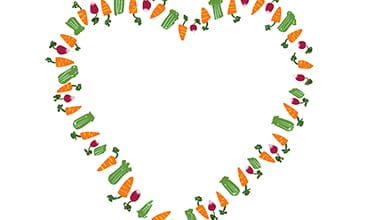Most parents want their children to get outside away from phones, TV, and video games, and gardening is a great way to achieve this goal. However, recent research shows that there are several other benefits to gardening with kids. Here are 10 great reasons to get kids gardening:
- Students who garden score higher on science tests.
- If they grow it, they will eat it.
- Digging in the dirt can make kids healthier.
- Gardening strengthens emotional and interpersonal skills.
- Gardening connects children with nature.
- Gardening helps relieve stress for the whole family.
- Gardening teaches kids to problem-solve.
- Gardening is a good work out.
- Gardening helps children become environmental stewards.
- Gardening can lead to a longer life.


















